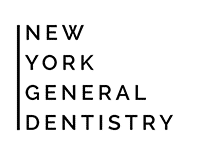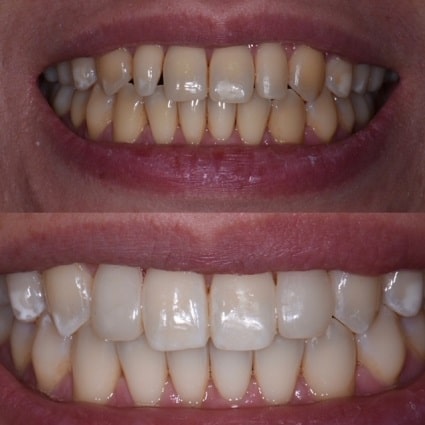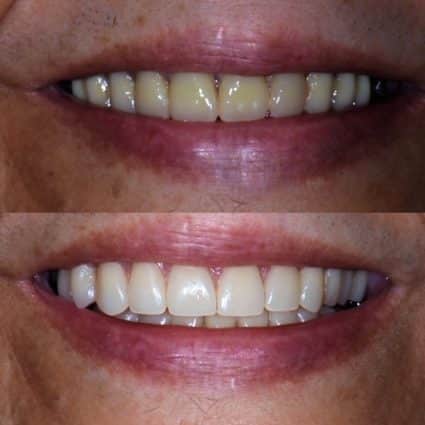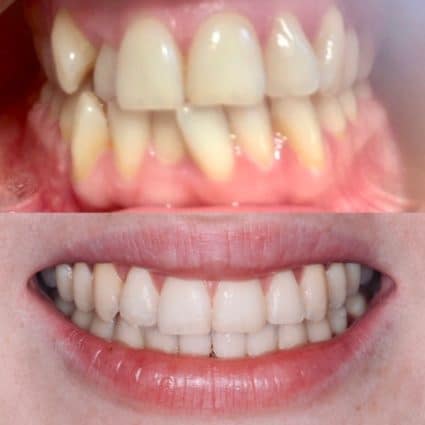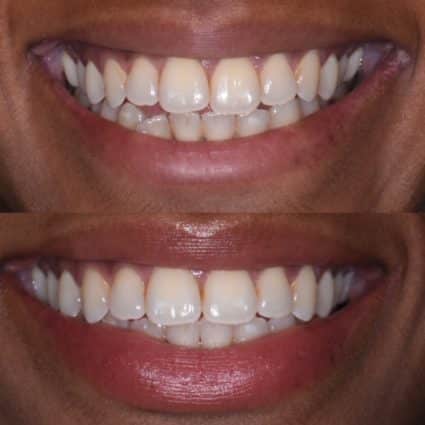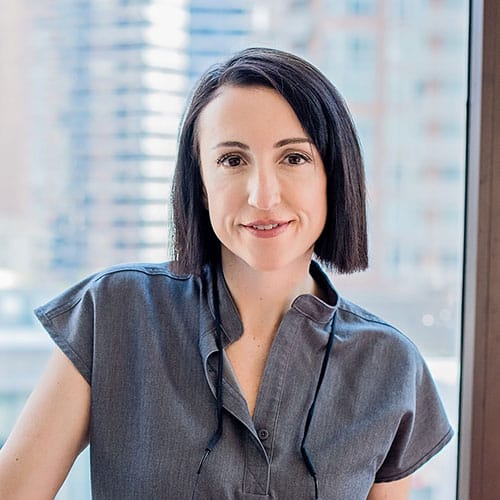When people hear the word Botox, they usually think of wrinkle treatment and cosmetic procedures. But Botox injections can also have life-changing benefits when used to treat the pain and headaches caused by teeth grinding (bruxism) or temporomandibular joint disorder.
Botox has a long history of treating both cosmetic and medical issues. It received FDA approval for its first therapeutic use in 1989 as a treatment for strabismus (crossed eyes) and blepharospasm (eyelid spasms).
Botox went on to receive FDA approval as a treatment for many other disorders and continues to be one of the most widely researched treatments of its kind. New uses, such as those administered by dentists like Dr. Chern, are discovered yearly, providing a natural and effective solution for people suffering from muscle tension, chronic headaches, and more.
Dr. Chern is the best dentist I have dealt with. She was very friendly and made me feel comfortable. She was also very knowledgeable and answered all of my questions. Her work is excellent! I have finally found the right dentist for me : )
-Francisco O
What is Botox and How Does It Work?
Botox is the trademarked name for a formula that utilizes botulinum toxin A as its active ingredient. Botulinum toxin A has been studied for decades since being identified as a product of the bacterium Clostridium botulinum in the early 1920s.
Put simply, dental Botox treatment works by dulling the signals that control muscle movement around the site where it is injected, relaxing overactive muscles. More specifically, botulinum toxin A is a neurotoxin that binds to nerve endings and prevents the flow of acetylcholine, a neurotransmitter responsible for stimulating muscles to contract. By limiting the flow of acetylcholine, muscle activity is inhibited but not completely paralyzed, allowing some movement while reducing hyperactivity.
Real Results
New York Genral Dentistry is committed to providing the best in dental health care and meeting your unique needs. View our gallery of incredible results!
What Can Dental Botox Treat?
When administered by a dental professional like Dr. Inna Chern, Botox is a natural and highly effective dental and cosmetic treatment that can aid in muscle clenching and temporomandibular joint disorder or even correct a gummy smile. As experts in facial and oral anatomy, dentists like Dr. Chern are a great choice for safely and effectively treating patients’ therapeutic and aesthetic needs with Botox treatment.
If you’re experiencing facial pain in the forehead, cheeks, or temple area, Botox may be an ideal dental treatment able to help relieve the symptoms by relaxing the muscles causing pain. In cases of chronic headaches and facial pain, failing to address the underlying cause—muscle tension—means the condition will continue to worsen, leading to more pain and potentially causing dental problems like teeth grinding or lockjaw. However, you can experience quick and substantial relief with Botox administered by Dr. Chern at New York General Dentistry.
Botox provides unique benefits compared to conventional treatment options. It begins working in as little as 72 hours and is effective for up to four months on average between treatment sessions. In addition, treatment is simple, noninvasive, and cost-effective yet can provide significant patient results.

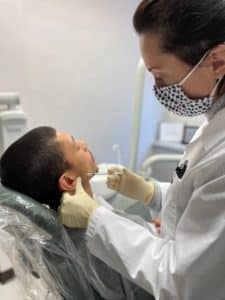
Temporomandibular Joint Disorder
The temporomandibular joint (TMJ) connects the lower jaw to the skull, and its motion is controlled by the masseter and temporalis muscles. TMJ disorder (TMD) can exhibit a variety of symptoms, though it usually causes pain in the jaw and head and sometimes results in muscle stiffness, inhibited jaw movement, lockjaw, or clicking and popping of the joint itself. Factors such as teeth grinding, external stressors or muscle spasticity can worsen TMD symptoms.
Dr. Chern uses Botox as a remedy for TMD, bringing relief to patients who suffer from face and jaw pain by treating the constricted muscles that are the root cause of the issue. With strategic injections in the temporalis and masseter muscles, Botox relaxes the tense facial muscles to eliminate symptoms of TMD.
Bruxism (Teeth Grinding) and Clenching
Whether it happens during the day or night, teeth grinding and clenching can quickly become a serious dental problem, causing tooth wear and broken teeth. Botox can be used to relax tight jaw muscles, prevent clenching that leads to grinding, and relieve any residual pain from excess jaw tension.
Gummy Smile
One of Botox’s aesthetic benefits is reducing the amount of gum tissue that shows when a person smiles. If you feel your smile reveals too much of your upper gums, Botox can help reduce the appearance of a gummy smile by temporarily softening the muscle response of the muscles around the mouth responsible for smiling, allowing your upper lip to cover the gum line better.
Meet with Dr. Chern & Her Manhattan Team
To learn more about Dental BOTOX in Manhattan and your treatment options, contact our office for an appointment by calling or filling out our online form. Dr. Inna Chern and her team will personally work with you to plan your best treatment options and restore the function and beauty of your smile.
BOTOX FAQs
What should I not do after Botox?
What is a Botox lip flip?
Can I drink coffee after Botox?
What should I avoid before Botox?
Where does Botox go when it wears off?
Who should not get Botox?
What age should I start Botox?
Are there side effects to Botox?
How can Botox help at the dentist?
Can Botox treat TMJ pain?
Can Botox be used for more than wrinkles?
How often should you get Botox?
How does Botox work?
What happens when Botox wears off?
How long does Botox last?
Can you feel when Botox starts working?
Learn More About Botox for Dental Pain Relief
If you deal with chronic jaw tension or teeth grinding, Botox may help. With non-surgical treatments, you can get relief from the pain and headaches caused by overactive facial muscles. To find out if Botox can make a difference in your life and health, contact us today. Dr. Chern has the experience and knowledge you can trust to provide excellent, personalized dental care, including the use of Botox. Call us at 212.838.0842 or fill out our online form to schedule your consultation today.
What Makes Our Office the Right Fit for Your Dental Needs?
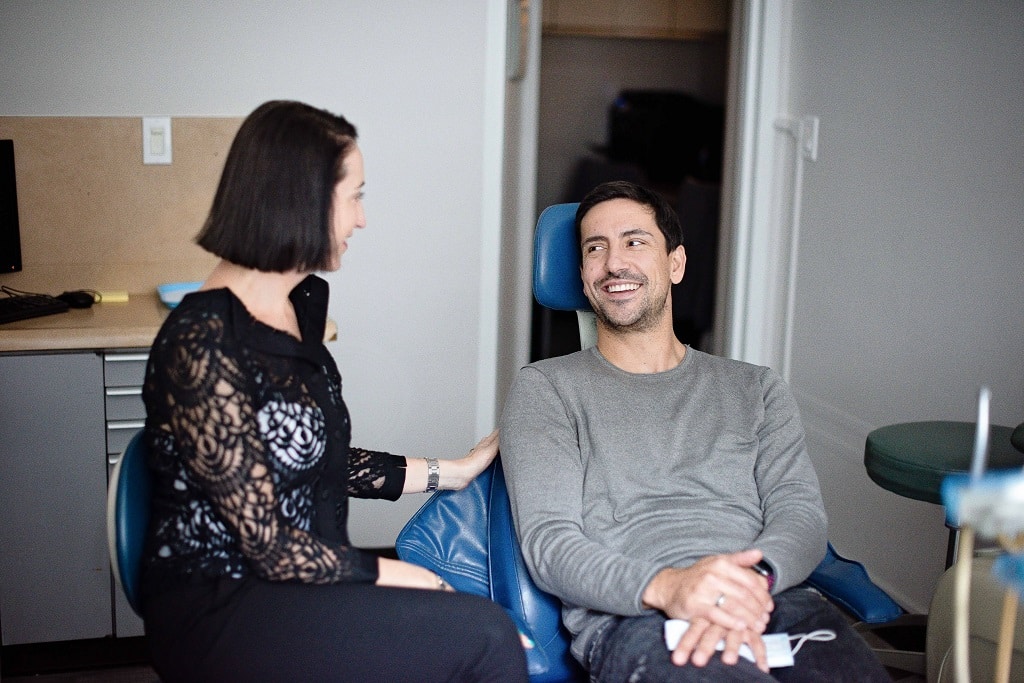
Personalized Care
We never take a one-size-fits-all approach to your oral health. Dr. Chern will evaluate your teeth and gums, working closely with our team to create a custom solution.

Comfortable Office
Our bright and modern Midtown East Manhattan office was designed with you in mind. Enjoy a calming atmosphere and comfortable amenities to help you feel at ease.
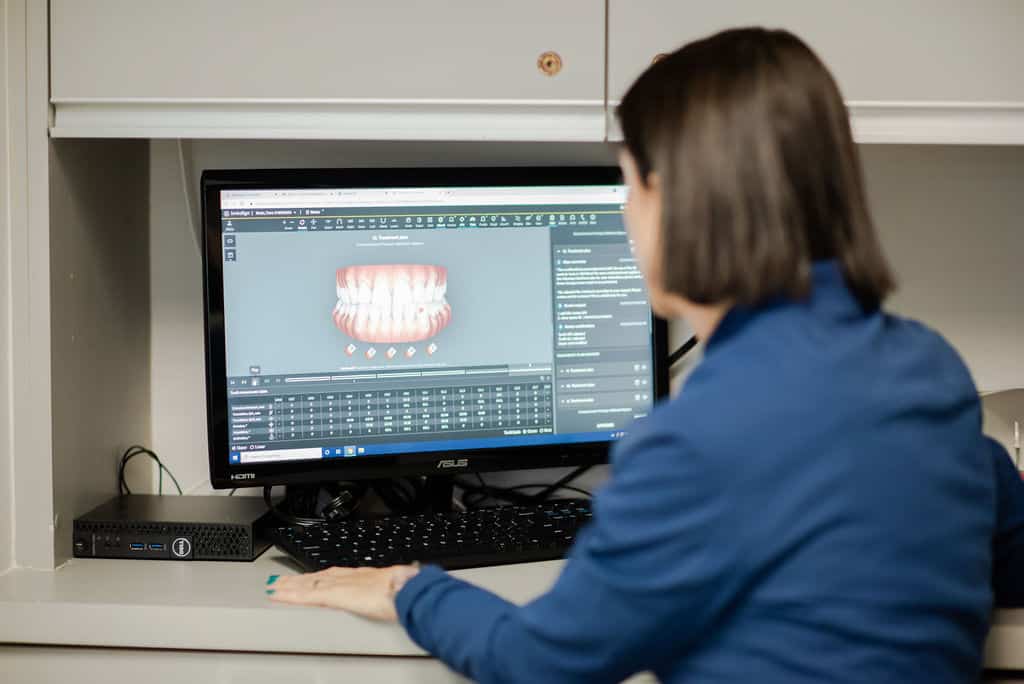
Health-First Approach
New York General Dentistry uses modern techniques and equipment to ensure your treatment is a success.
Let’s Brighten Your Smile!
New York General Dentistry is always welcoming new patients to our Midtown East dentist office.
Feel free to send a text to (929) 244-8140 or call (212) 838-0842
Our New York City Office
Midtown East Manhattan
133 East 58th St., ste 409
New York, NY 10022
Get Directions
Hours:
Monday 8am – 7pm
Tuesday 8am – 5pm
Wednesday 8am – 5pm
Thursday 8am – 7pm
Friday 8am – 5pm
Sundays – Available by request for special cases and dental emergencies
Real Results
New York Genral Dentistry is committed to providing the best in dental health care and meeting your unique needs. View our gallery of incredible results!
